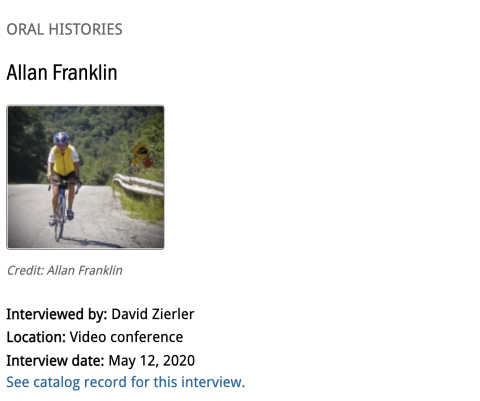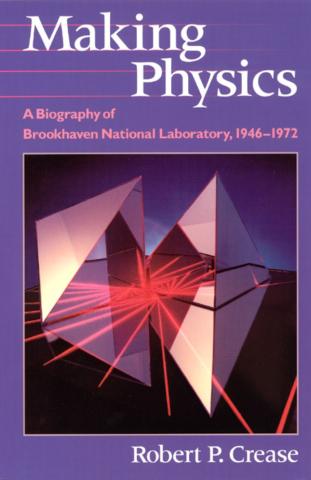Allan Franklin Oral History

Focus on Franklin’s early career and highlights of his later writings. Includes anecdotes about his undergraduate experience working with Gene Commins on RR-related experiment. There is one great quote but not enough depth about experimental error.
In this interview, David Zierler, Oral Historian for AIP, Interview Allan Franklin, Professor Emeritus of Physics at the University of Colorado. Franklin recounts his childhood in Brooklyn and his decision to attend Columbia University as an undergraduate where he worked with Charlie Townes and Eugene Commins. He describes his decision to pursue graduate work at Cornell with Al Silverman, who at the time was working on photo production of pi-meson pairs, and his budding interest in the philosophy of science. Franklin discusses his post-doctoral research at the Princeton-Penn Accelerator and his career at the University of Colorado where, in the mid-1970s, he more fully focused on history of physics and philosophy of science matters. Franklin describes bubble and spark chambers, the significance of the Duhem-Quine problem, and his contributions on the Bayesian confirmation theory. In the last portion of the interview, Franklin discusses some of the philosophical issues surrounding the concept of a grand unified theory.
When I first worked with him, [Gene Commins] was a grad student, and then he was an instructor. He worked under—with Polykarp Kusch. It was Kusch’s lab. But Gene just liked doing it. And they made you feel a part of the lab. I made use of my experience there. I’ve written chapters about [laugh] some of them in my later work. It was just very formative, if you will. I was sorry, in some sense that when—after I graduated, they wouldn’t let me work in the lab anymore. They needed the spaces for other students.
Zierler: And I’m curious, Allan, how did you develop an interest in the theory of weak interactions? Where did that come from? ....
Franklin: Well, what got me interested in looking at it, well, there were a couple of things. Parity violation was a big thing, made a [laugh] big impression on me. I was an undergraduate at Columbia when it was announced....They stopped classes.
Zierler: [laugh]
Franklin: They stopped physics classes to announce the experimental results. That always had a big effect on me. And also, when I learned more and started working in history and philosophy, there was a problem. When the V-A theory was proposed, there were three experiments that disagreed with it. And I was interested in why did they do that. Why did they propose a theory that was known to be refuted?
And so then I had to—then I went into—I had to do the history of how did we get to V-A, that there were good reasons for believing V-A, so there were reasons for questioning the experimental results. And they all turned out to be wrong, which was suggested interestingly by the theorists, Feynman and Gell-Mann and Marshak and Sudarshan. So, you know, it was an interesting historical question and philosophical—why do you propose a theory that’s known to be refuted?
Zierler: Yeah. So what’s the answer?
Franklin: ....Well, when you have a disagreement between theory and experiment, theory could be wrong, experiment could be wrong, or they both could be wrong.
Zierler: Sure. [laugh]
Franklin: And they can’t both be right. And so in this case, it turned out of course that the experimental results were incorrect.... [I]n the case of V-A, there were lots of things that V-A had going for it. And so people said, “Well, maybe we ought to redo those experiments.” Now that leads you to my current work, or my most recent work, [which] is, do experiments need to be replicated?


